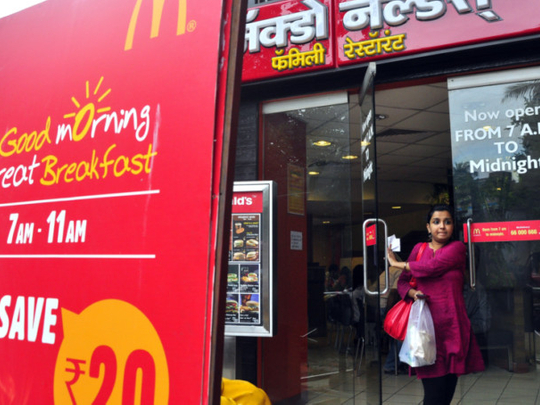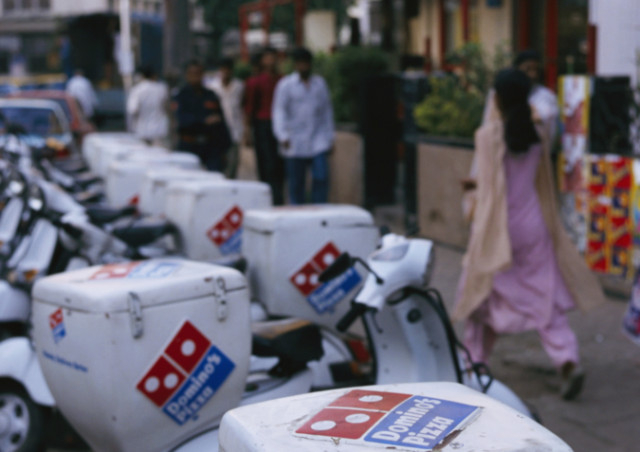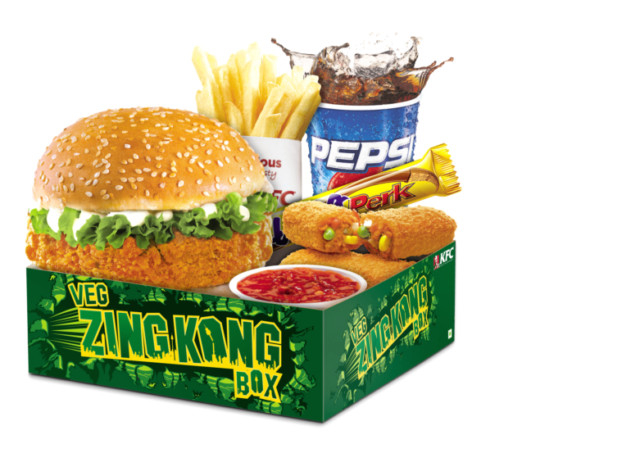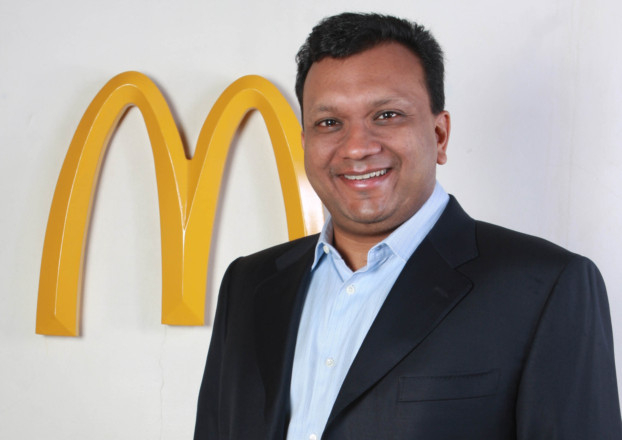
Known globally for its juicy beef burgers, McDonald’s India recently created headlines with the decision to open its first vegetarian outlets in Amritsar and Katra. Amritsar is home to the Golden Temple, the revered holy site of the Sikh community and in Katra you’ll find the famous Hindu temple of Vaishno Devi. Both these heavily visited pilgrimage sites have a strict vegetarian-only policy.
Since its entry into the Indian market in 1996, McDonald’s has never served beef in a land where cows are sacred, but this move is an obvious bid to carve a bigger slice of the Indian fast-food sector that is pegged at $8.5 billion (Dh31.21 billion).
“Of this sector, only 10 per cent is what we call organised, with the biggest players being Domino’s Pizza, McDonald’s, Subway and KFC, which combined have more than 50 per cent of the current organised fast-food market share,” says Pratichee Kapoor, Associate Vice-President — Food at Delhi-based research and consultancy firm Technopak Advisors.
Fries, chicken nuggets, hot dogs, burgers, pizza and fried chicken aren’t just staple signposts on India’s culinary highway, but testimony to its speedily evolving demographics.
According to Indian Fast Food Market Analysis, a report by Delhi-based industry research solutions firm RNCOS, in India — the fastest-growing fast-food nation in the world — the industry is anticipated to grow at a compound annual growth rate of around 34 per cent during 2011-14.
“The main reason for the growth in the fast-food sector is the growth of the informal eating out (IEO) industry, which is growing at 15-19 per cent year-on-year,” says Amit Jata, Vice-Chairman, Hardcastle Restaurants, the company that manages and operates all McDonald’s restaurants in west and south India.
IEO consists of segments such as Western fast food, Indian fast food, and unorganised eateries. Quick service restaurants (QSR) make up about 18 per cent of the total IEO industry, which, according to market intelligence firm Euromonitor, in India is more than $74 billion (2011). The QSR industry is growing at almost 40 per cent per year.
Monthly habit
An online AC Nielsen study indicates that a whopping 71 per cent of urban Indians eat food from take-away restaurants more than once a month and as many as 35 per cent of the population do so two to three times a month, placing India seventh on a list of 28 countries surveyed. India ranks close behind developed markets such as the US and Hong Kong.
Cashing in on this penchant for eating out or ordering in is Domino’s Pizza’s latest campaign, which uses the tagline “Khushiyon ki home delivery” (“We home deliver happiness”). Around the same time that McDonald’s entered the market, Jubilant FoodWorks took the famous pizza chain to the country, despite most Indians then being clueless about this Italian staple. Over a decade and a half later, thanks to Domino’s, pizza is as popular as pakoras, a success that has contributed greatly to the $3-billion-worth Jubilant Bhartia Group.
Having made pizza a household word in India, Jubilant Bhartia is hoping for the same success with its latest venture, Dunkin’ Donuts, which has four stores and plans to open 100 over the next five years. The $212-million-revenue Jubilant FoodWorks, according to Forbes Asia in November, has 500 units across 110 cities.
“The transformation of Indian consumers’ lifestyles over the years has tremendously helped the IEO industry to grow and expand,” says Jata. “Other reasons such as the rising number of nuclear families, exposure to global trends, increasing number of employed women and an increase in the number of dual-income households have had a significant impact on eating out habits, leading to the growth of the fast-food industry.
“Another strong reason is the youth, who have a high disposable income and are willing to spend more on eating out.”
Riding the youth bandwagon is what has propelled Yum! Restaurants India — whose business consists of global brands such as KFC, Pizza Hut and Taco Bell — into the big league. “Our core target audience is the country’s youth that is 40 per cent of our 1.2 billion population and is fuelling the growing QSR category,” says Sandeep Kataria, Chief Marketing Officer, Yum! Restaurants India.
“Our country is emerging as one of the fastest-growing fast-food markets in the world and we believe that growth in urbanisation, greater disposable income, and greater access to eating out options for the youth are key factors that are powering this growth.”
Big plans
With Yum! Restaurants India aiming to be the number one restaurant company in the country in all formats, be it the quick service category with KFC or affordable casual dining space with Pizza Hut, the delivery segment with Pizza Hut Delivery or Mexican food with Taco Bell, it plans to more than double the number of outlets from 462 to 1,000 by 2015 and then increase it to 2,000 outlets by 2020.
These figures may sound like a pipe dream, but not if you take into account the brand’s expansion strategy. “We are extremely excited about India as a key growth market for Yum! globally. India is making incredible progress, being the second-leading country for new store development, after only China,” adds Kataria.
While Yum! continues to strengthen its position in the metros, it’s also witnessed great success in smaller towns with a deeper penetration in tier 2 and tier 3 markets. Last year KFC continued to carpet the country with new outlets in towns such as Asansol, Udaipur, Patna, Guntur, Ranchi and others while Pizza Hut entered new markets including Bareilly, Manipal, Vijayawada and more.
A deeper penetration into the market also means adapting to India’s diverse palate. McDonald’s began this long ago with McAloo Tikki, flavoured with local spices, the McSpicy Paneer burger and wrap, introduced later, and the McVeggie meal.
Catering to Indian taste
Yum! considers the KFC Fiery Grilled Chicken its biggest Indian innovation. “This product was developed keeping in mind Indians’ love for flavour and spice and is now being replicated across some of the international markets,” says Kataria.
Adopting the same philosophy, KFC launched its Curry Crunch last month — curry-flavoured chicken. Pizza Hut, on the other hand, offers Indian consumers a great Pasta Masti range and recently launched the Crown Pizza, a pizza with a crown of kebabs.
Even the latest entrant on the fast-food scene, global giant Starbucks, which opened its first branch in Mumbai in October, serves paneer wraps along with frappuccino and blueberry muffins, reflecting the nation’s unabashed love for Western food with a local twist. Starbucks has entered India through an $80-million joint venture with Tata Global Beverages.
Other brands eyeing Indian shores and salivating at the prospect of the country’s lucrative fast-food market reportedly include Sri Lankan favourite Loon Tao, Italian fast-food chain Ci Gusta, West Asian chain Shawarma Express and the Berrylite yoghurt chain from Singapore.













